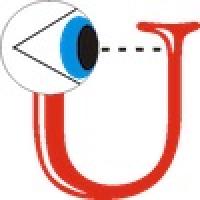
It from bit?
"Every it – every particle, every field of force, even the space-time continuum itself _ derives its function, its meaning, its very existence entirely... from the apparatus-elected answers to yes or no questions, binary choices, bits."
With this statement in 1989, physicist John Archibald Wheeler challenged the way we view the relationship between reality and information. In these articles we explored some of Wheeler's revolutionary ideas and the impact they have had on theoretical and experimental physics.
These articles are part of our Information about information project, run in collaboration with FQXi. Happy reading!
It from bit? — Does reality arise from information? What does this even mean? We talked to Anton Zeilinger about the impact of John Wheeler's radical idea.
Information, physics, quantum: the search for links — This is Wheeler's paper from 1989 introducing the idea of "it from bit", hosted by the John Archibald Wheeler Archive. An entertaining, accessible and brilliantly written paper.
Inferring the Limits on Reality — The fuzziness of the quantum realm could arise from mathematical restrictions on what can ever be known. This article first appeared on the FQXi communities website.
Reality's neverending story — A quantum version of Darwinian natural selection could enable the universe to write itself into being. This article first appeared on the FQXi communities website.
Purifying Physics: The quest to explain why the "quantum" exists — A new framework for the laws underlying reality could explain why nature obeys quantum rules, the origin of time’s arrow, and the power of quantum computing. This article first appeared on the FQXi communities website. FQXi are our partners on this project.